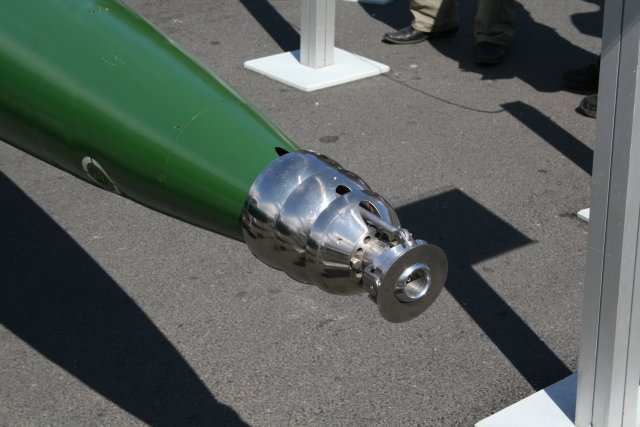Gee wrote:Hi,
Something I can contribute to a little bit as I am just completing a PhD on whether such surfaces can be used to reduce drag in WATER.
The concept of my research is that if you make a surface superhydrophobic and immerse it in water, you can hold a layer of air on the surface. This theoretically has an effect on the viscous drag of the surface
due to the change in viscosity between air and water.
To explain this take a basic definition of shear stress (which is directly proportional to the viscous drag)
Shear stress = viscosity x velocity gradient
So when you have water flowing past a superhydrophobic surface, with air trapped on it, the shear stress is proportional to the viscosity of the air rather than the water. You essentially have a lubricating layer of air, which has ~100x smaller viscosity, making your shear stress smaller and hence the reducing the drag.
Thus, these surfaces cannot be used in air in this way as you would be lubricating air with air, which would clearly have no effect.
The problem for using these surfaces in water is that retaining an air layer on the surface is very hard. The air is subject to shearing forces, dissolves into the water over time, is affected poorly by contaminants etc etc. The upshot of my research is that you can achieve a drag reduction in water, but only if you can maintain a thick layer of air on the surface.
I hope that explains a bit, tried to condense my thesis into half a page

. Let me know if you have any specific questions.
Cheers
Gee
. Let me know if you have any specific questions.

